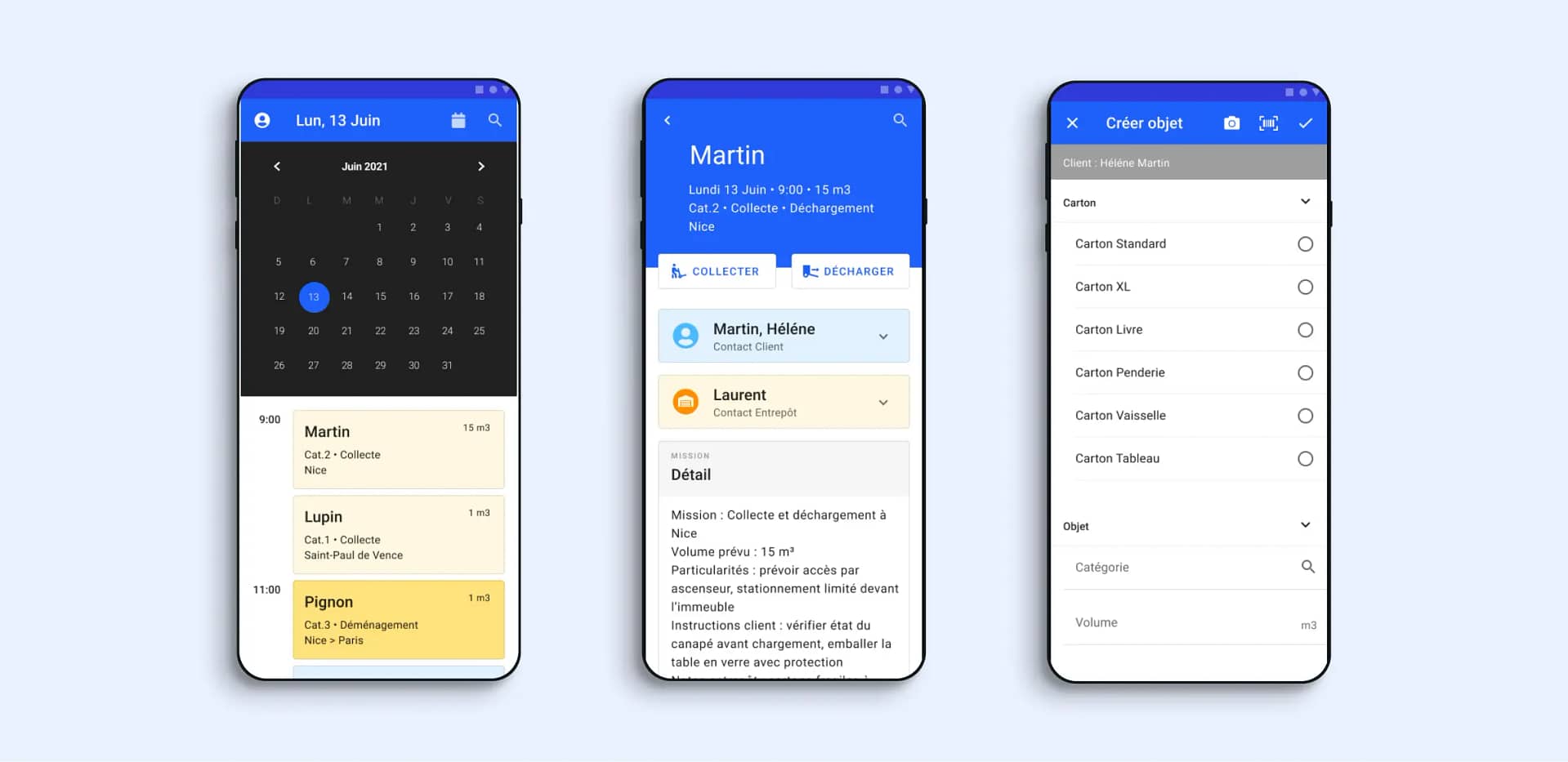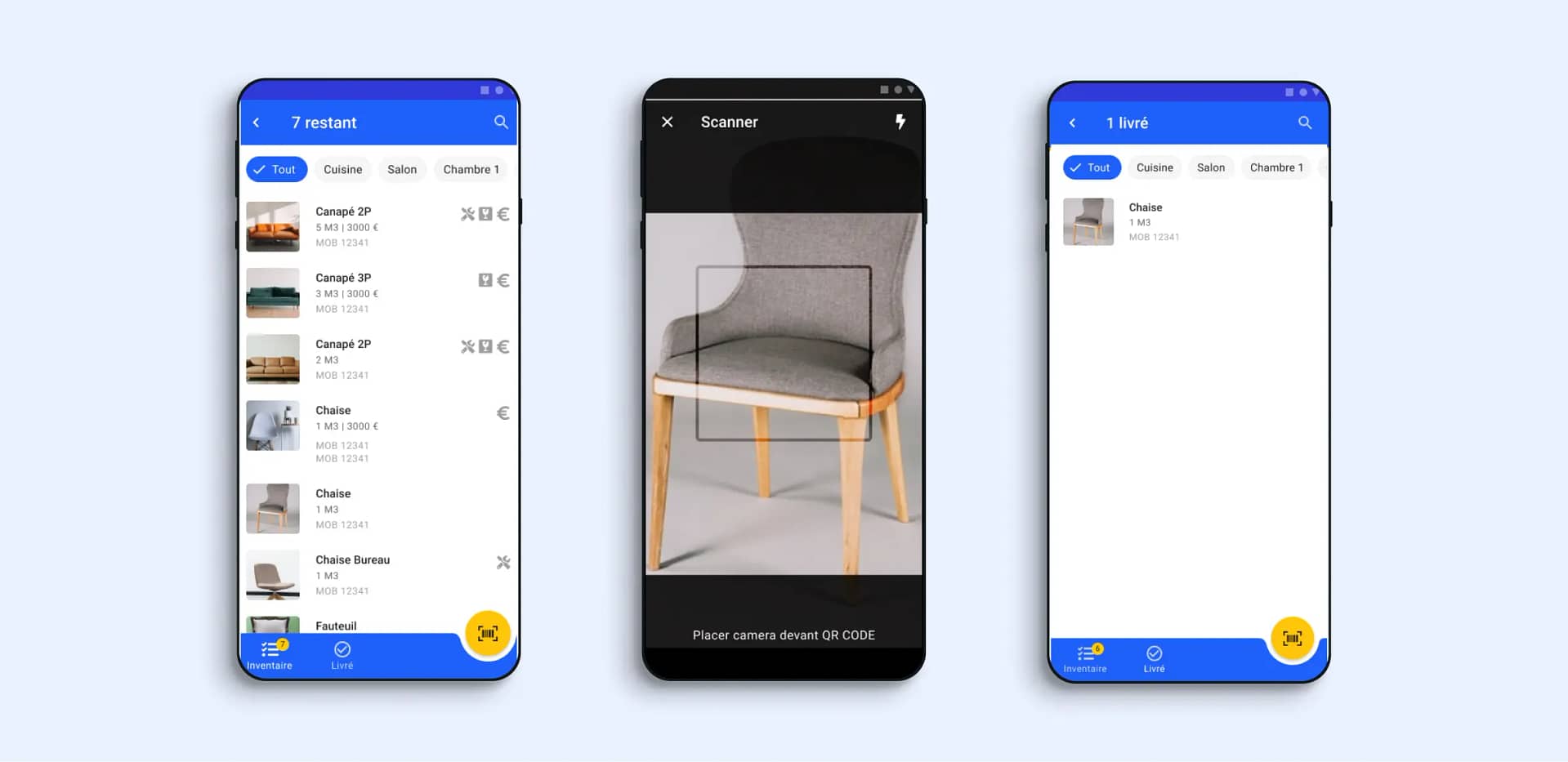Project Overview
This 2-month project focused on making warehouse and moving operations more reliable and data-driven. Movers and staff were juggling clipboards, texts, and calls, which created errors and wasted time.
I led the design process with a Product Manager and 3 Engineers to redesign Youstock’s MVP app into a prototype that gave teams one clear source of truth in the field. The new flow connected item data, photos, and QR scans directly to daily missions so operations ran faster and with fewer mistakes.


